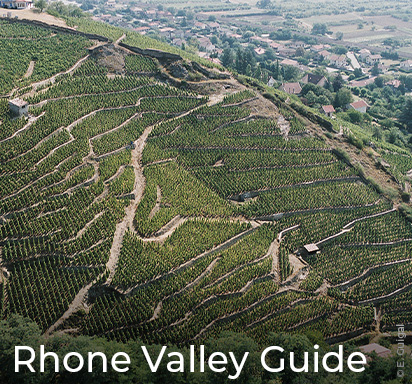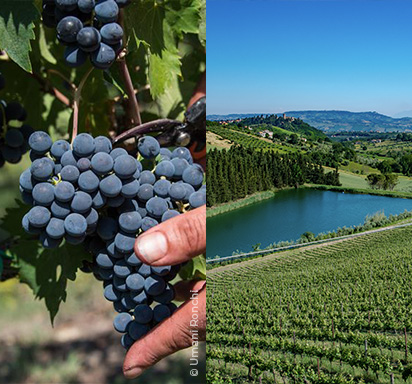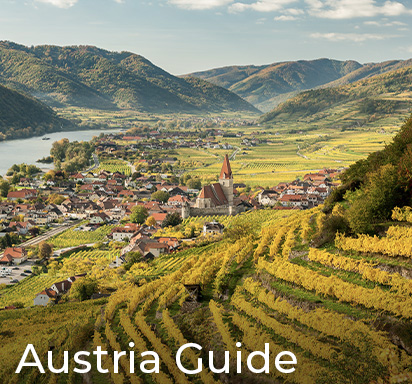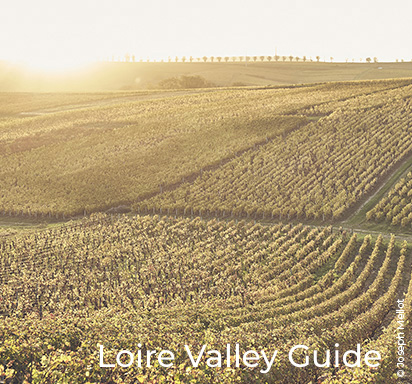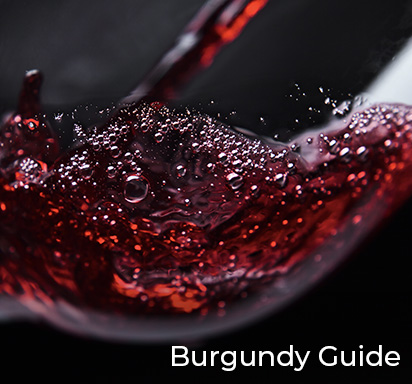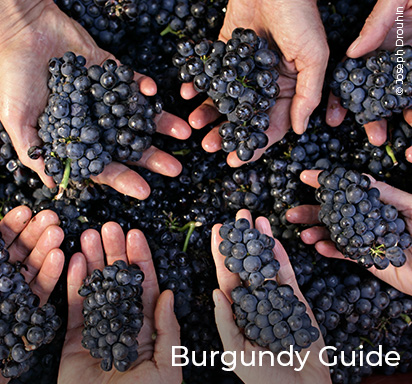Tasting Barolo wines: A Comprehensive Guide
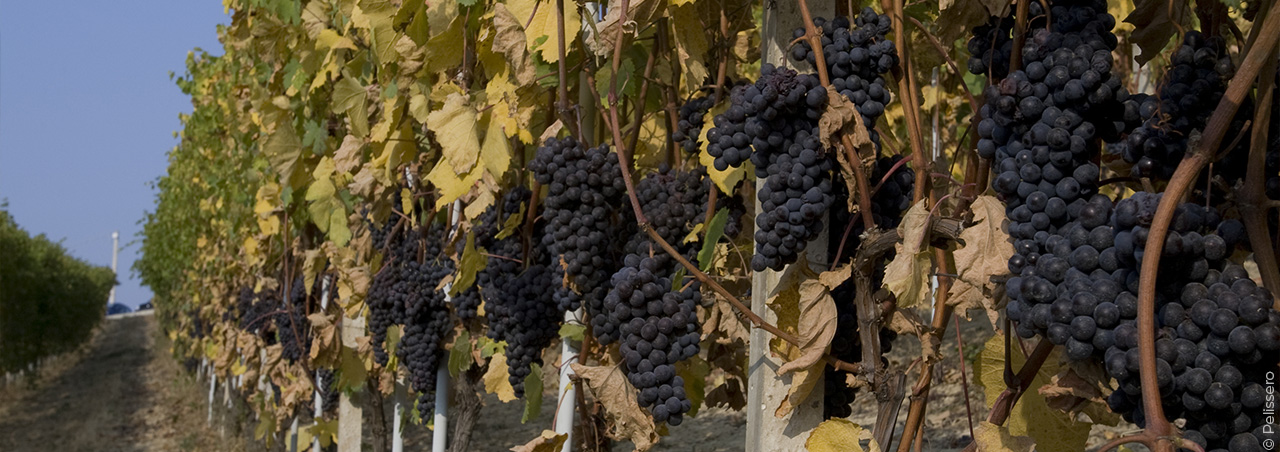
But what exactly makes the fine wine from this top northern Italian appellation a world-class wine? Join us on a journey as we delve into the world of Barolo wines and uncover the secrets behind their timeless allure.
Understanding Barolo's Characteristics
What kind of wine is a Barolo?
The DOCG-classified Piedmont wine-growing region is known as much for its picturesque vineyards as it is for its powerful and complex Barolo red wine. Its nickname "King of Wines" does not come from nowhere: Barolo is one of the most renowned and sought-after wines in the world and is appreciated by wine lovers and international wine critics alike. Its success is due not only to the talent of the local winegrowers, but also to the unique terroir and the noble Nebbiolo grape, which finds its noblest form of expression in Barolo red wine. The flavor of Barolos can differ significantly depending on the location, although experienced Barolistas can always identify the origin of the wine - a truly impressive skill that they have in common with the top winemakers of Burgundy. If you wish to find out more on the history of the Barolo appellation, feel free to read our guide here!
Barolo wines are crafted from the Nebbiolo grape, known for its thin skins, high acidity, and firm tannins. Discover the unique characteristics of Barolo, from its pale color evolving into a garnet hue to its complex aromas of ripe berries, cherry, tobacco, and signature notes of red roses and tar. Explore how these wines evolve over time, promising exceptional aging potential and a journey of discovery with every sip.
Which grape is used for the production of Barolo?
Nebbiolo: focus on the king grape of Piedmont
The Nebbiolo grape is the flagship grape in Piedmont and forms the centerpiece of Barolo red wines. The Nebbiolo grape is a demanding and late-ripening grape variety that finds ideal conditions, especially in the hills of the Langhe region. The thin-skinned grapes are susceptible to fungal diseases and require a lot of attention and care. The name Nebbiolo is derived from the Italian word "nebbia", which means fog. This name is due to the fog that often lies over the Piedmont vineyards in autumn and gives the grapes their special aroma.
The Italian red wine variety is characterized by its high acidity, strong tannins and complex aroma spectrum, which ranges from roses and violets to cherries and plums to liquorice, truffles and tobacco.
What does a Barolo red wine taste like?
The flavor profile of Barolo
The demanding Nebbiolo grape thrives at altitudes of between 300 and 450 metres in the Langhe. The cultivation area is divided into numerous small parcels. For a better overview, the MGA (Menzioni Geografiche Aggiunte) were introduced in 2010, which identify 181 individual vineyards. Each specific MGA provides information about the exact origin and the associated flavor profile of the wines, which can vary greatly depending on the location.
In the east, on sandstone soils, areas such as Serralunga d'Alba produce powerful, tannic Barolo red wines, while in the west, more aromatic, softer varieties are produced on marl soils.
In the glass, this Italian red wine stands out for its characteristic, very pale color, which develops into a garnet tint over time. The complex nose reveals notes of ripe berries, cherry, tobacco and dried flowers reminiscent of roses. On the palate, the wines are powerful, structured by very fine tannins with a lively acidity.
Barolo vs Barbaresco
Barolo and Barbaresco are in constant competition in the world of Nebbiolo. While Barolo requires a longer maturation period and has more pronounced tannins, Barbaresco matures earlier and is more accessible. The wines from Barolo and La Morra, which are characterised by their aromatic fruitiness, are most similar to those from Barbaresco.
What criteria must DOCG Barolo wines meet?
The 7 most important criteria of the appellation at a glance
In order to receive the DOCG seal of approval, Italian wines must meet a number of requirements in terms of grape varieties, cultivation, vinification and aging. Here are some of the most important criteria for a DOCG Barolo wine:
Grape varieties
A DOCG Barolo must be made from 100% Nebbiolo grapes grown in the approved growing areas in the Piedmont region.
Growing area
The vineyards must be located in the municipalities of Barolo, La Morra, Castiglione Falletto, Serralunga d'Alba, Monforte d'Alba, Novello, Verduno, Grinzane Cavour, Diano d'Alba, Cherasco and Roddi.
Yield
The maximum permitted quantity of grapes per hectare is limited to 8 tons in order to guarantee optimum quality.
Vinification
Vinification must follow the traditional methods of the area, including maceration and ageing in oak barrels.
Maturation
DOCG Barolo must be aged for at least 38 months, including at least 18 months in oak barrels. For the Riserva version, the minimum ageing period is 62 months, including at least 18 months in oak barrels.
Alcohol content
The minimum alcohol content for DOCG Barolo is 13%, while a minimum alcohol content of 13.5% is prescribed for the Riserva version.
Sensory characteristics
The wines must have a number of sensory characteristics, which are verified by tastings carried out by an official commission. These include color, aroma, taste and overall impression.
DOCG - the highest Italian classification
The abbreviation DOCG stands for 'Denominazione di Origine Controllata e Garantita', which translates as 'Controlled and Guaranteed Designation of Origin'. This classification represents the highest level of quality assessment in Italian wine law. Around 70 wines bear this prestigious seal - including Barolo and the no less popular Piedmont red wine Barbaresco.
After Barolo was classified as a DOC in 1966, the wine-growing region achieved DOCG status in 1980, the highest of the Italian quality levels. This makes it one of the best wines in Italy. Since August 2009, these designations have been replaced by DOP by the EU wine market regulation, but many wineries still use the traditional designations.
Pairing Barolo with Food
The best Barolo pairings
Certain dishes from northern Italian cuisine complement an aged Barolo red wine and are ideal food pairings. Wealthy northern Italy was always more industrialized and economically superior to southern Italy - which also had an impact on the cuisine, which is considered to be rich and meaty. Try a Milanese-style ossobuco, for example. The tannin-rich wine is also an interesting accompaniment to quail with grapes.
Vegetarians can enjoy the popular Italian red wine with white truffles from Alba - also in the form of pizza: the characteristic truffle flavour harmonises well with the Nebbiolo wine! When it comes to cheese and wine pairing, a Grana Padano from Piedmont is recommended.
Experimental gourmets can try dark chocolate - provided the dark chocolate has a cocoa content of at least 70 per cent - and the Barolo wine has matured long enough to develop its characteristic chocolate notes.
When to drink Barolo?
Barolo, a storage wine par excellence
Fine Barolo wines such as those from Marchesi di Barolo or Ceretto are by definition very long-lived wines. Similar to a Grand Cru from the Bordeaux region, a Barolo red wine will only develop its full range of flavors with age - in its youth, a Barolo can taste harsh. Every Barolo wine matures for three years before being sold, including 18 months in wood; the Riserva even matures for five years. If the wine matures long enough, the ruby-red star from Piedmont impresses with its powerful elegance. The best Barolo wines can easily age for 25 years: a mature Barolo can then have an alcohol content of up to 15%.
It should be noted at this point that not only the aging time but also the correct serving temperature is decisive for a particularly tannic wine such as Barolo. This long-lasting red wine feels most comfortable at a drinking temperature of 64°F to 68°F (18°C to 20°C).
You may like
Discover the Rhône Valley, a haven for wine lovers! Explore its storied terroirs, iconic appellations, and diverse grape varieties like Syrah, Grenache, and Viognier. Unveil wines to savor and cherish!
1/21/2025Montepulciano refers to both a red grape variety and a wine region. Discover the differences between the bold Montepulciano grape from central Italy and the elegant wines of Tuscany's Montepulciano region.
1/20/2025In this Guide, discover Austria’s top wine regions, grape varieties like Grüner Veltliner and Riesling, and some exquisite food pairings. Find out more on Austrian wines and why you should add them to your cellar.
1/14/2025Explore the Loire Valley, one of France’s most famous wine regions. Learn about its renowned appellations and grape varieties like Sauvignon Blanc, Chenin Blanc, and Cabernet Franc.
1/9/2025Discover the taste of Burgundy wine with flavors from Pinot Noir and Chardonnay. Explore the influence of terroir, the difference between Village, Premier Cru, and Grand Cru wines, and ideal pairings.
10/16/2024Burgundy, France, is famed for its exceptional wines, primarily crafted from Pinot Noir and Chardonnay. Explore the region’s diverse wine types, from Grand Cru to regional varieties, and discover its unique terroir.
10/14/2024









